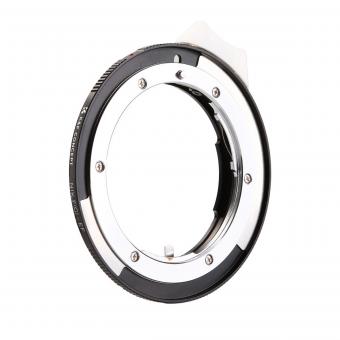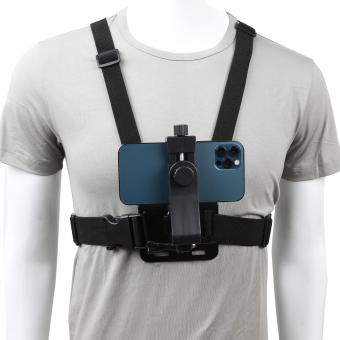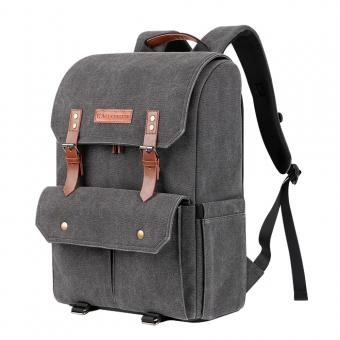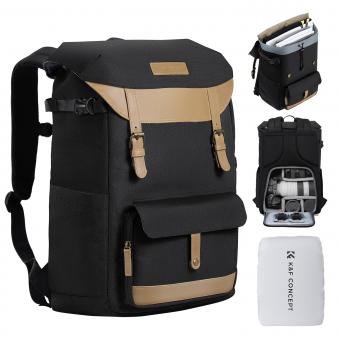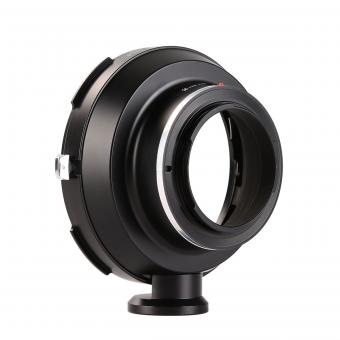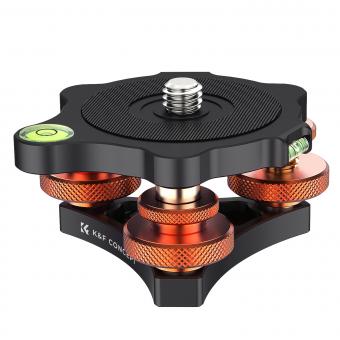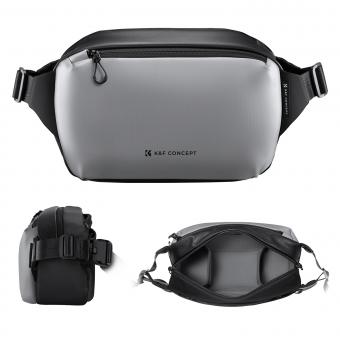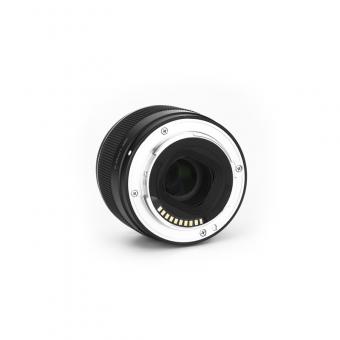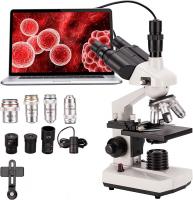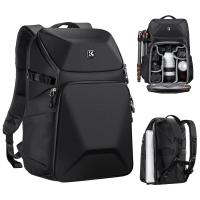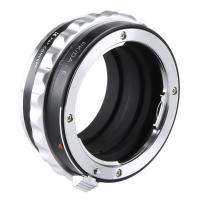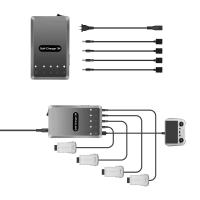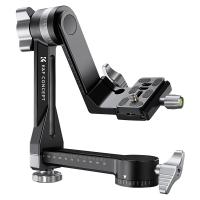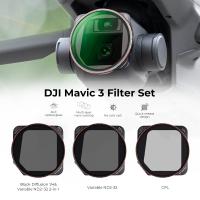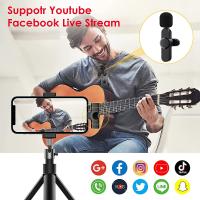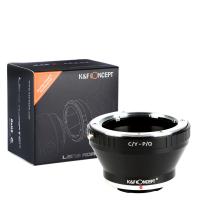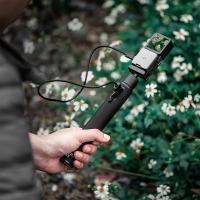How Does A Camera Fit Onto A Tripod?
A camera typically fits onto a tripod by attaching to the tripod's mounting plate using a screw mechanism. The mounting plate is usually equipped with a standard screw thread that matches the screw hole on the bottom of the camera. Once the camera is securely attached to the mounting plate, the plate can be placed onto the tripod head and fastened in place using the locking mechanism. This allows the camera to be stable and stationary while mounted on the tripod, providing support for capturing clear and steady images or videos.
1、 Camera Mounting Mechanism
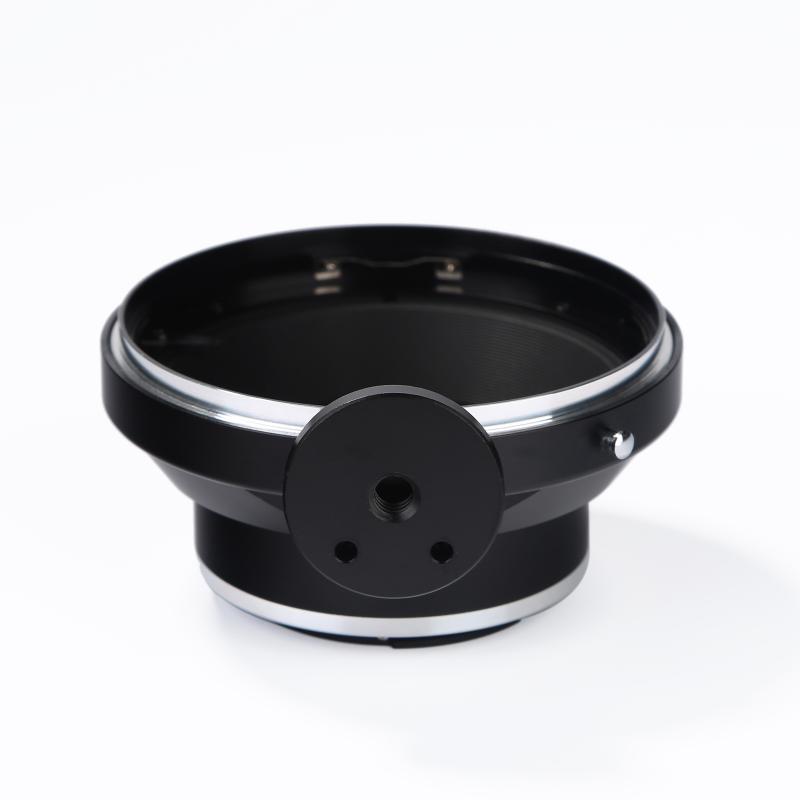
The camera fits onto a tripod through a mechanism called the Camera Mounting Mechanism. This mechanism typically consists of a mounting plate on the tripod and a corresponding mounting screw on the camera. To attach the camera to the tripod, the mounting plate is first secured to the tripod head, and then the camera is aligned with the plate. The mounting screw on the camera is then inserted into the threaded hole on the plate and tightened to secure the camera in place.
In recent years, there have been advancements in camera mounting mechanisms to make the process more user-friendly and secure. Some tripods now feature quick-release plates, which allow the camera to be easily attached and detached from the tripod without having to screw and unscrew the mounting screw each time. This not only saves time but also reduces the risk of dropping the camera during the mounting process.
Furthermore, some tripods now come with Arca-Swiss compatible mounting systems, which have become a popular standard in the industry. This system allows for quick and secure attachment of the camera to the tripod using a dovetail plate and clamp mechanism, providing a more stable and reliable connection.
Overall, the camera mounting mechanism has evolved to provide photographers with more efficient and secure ways to attach their cameras to tripods, enhancing the overall shooting experience.
2、 Tripod Compatibility
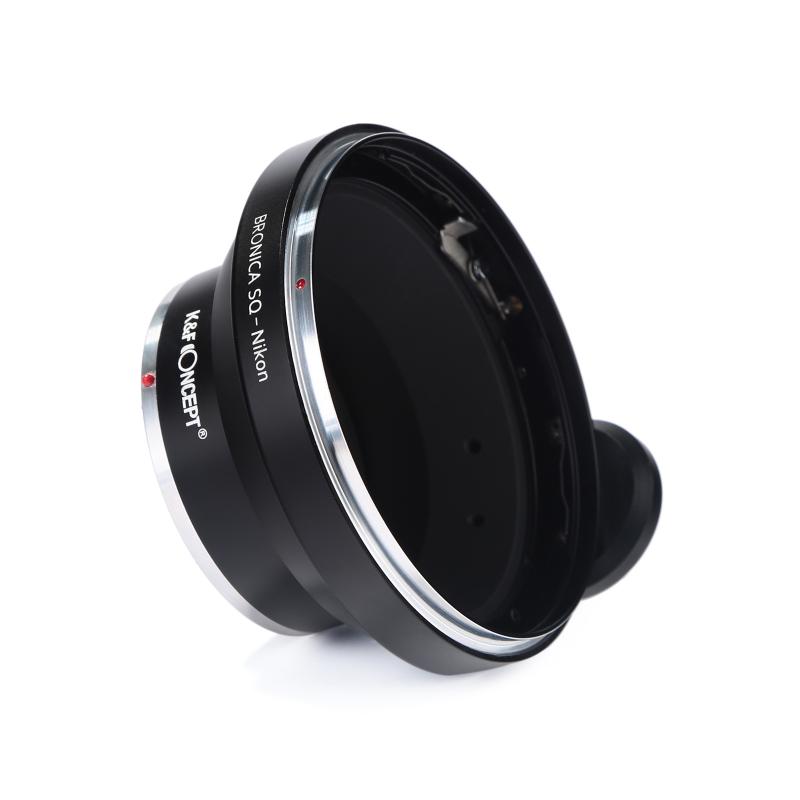
A camera fits onto a tripod through a mechanism called the tripod mount. Most cameras come with a built-in tripod mount, which is usually located on the bottom of the camera body. This mount is typically a threaded hole that allows the camera to be securely attached to the tripod.
To attach the camera to the tripod, the user simply screws the tripod's mounting plate into the threaded hole on the camera. The mounting plate is then attached to the tripod head, allowing the camera to be securely positioned and adjusted as needed.
In terms of tripod compatibility, it's important to ensure that the tripod and camera are compatible in terms of weight capacity and mounting plate size. Different tripods have different weight capacities, so it's crucial to choose a tripod that can support the weight of the camera and any additional accessories, such as lenses or external flashes.
Additionally, some tripods come with quick-release plates that allow for easy attachment and removal of the camera. This feature can be particularly convenient for photographers who need to quickly switch between handheld and tripod-mounted shooting.
From a latest point of view, advancements in tripod technology have led to the development of more versatile and lightweight tripod options, making it easier for photographers to find a tripod that meets their specific needs. Additionally, some tripods now come with built-in levelers and other features that enhance stability and ease of use.
3、 Mounting Plate Size

A camera fits onto a tripod through the use of a mounting plate. The mounting plate is a small, flat piece of metal or plastic that attaches to the bottom of the camera. It typically has a screw that matches the thread on the bottom of the camera, allowing it to be securely attached. The mounting plate then slides or clicks into a corresponding mount on the top of the tripod, securing the camera in place.
One important consideration when fitting a camera onto a tripod is the mounting plate size. Different tripods and cameras may require different sizes of mounting plates to ensure a secure and stable connection. It's important to check the compatibility of the mounting plate with both the camera and the tripod to avoid any issues.
From the latest point of view, some tripods now come with universal mounting plates that can accommodate a wide range of camera sizes and models. This can be convenient for photographers who use multiple cameras and want the flexibility to switch between them without having to change the mounting plate. Additionally, some mounting plates now feature quick-release mechanisms, allowing for easy and rapid attachment and removal of the camera from the tripod.
In conclusion, the mounting plate is the key component that allows a camera to fit onto a tripod, and considering the mounting plate size is crucial for ensuring a secure connection. The latest advancements in mounting plates offer increased versatility and convenience for photographers.
4、 Quick Release Systems
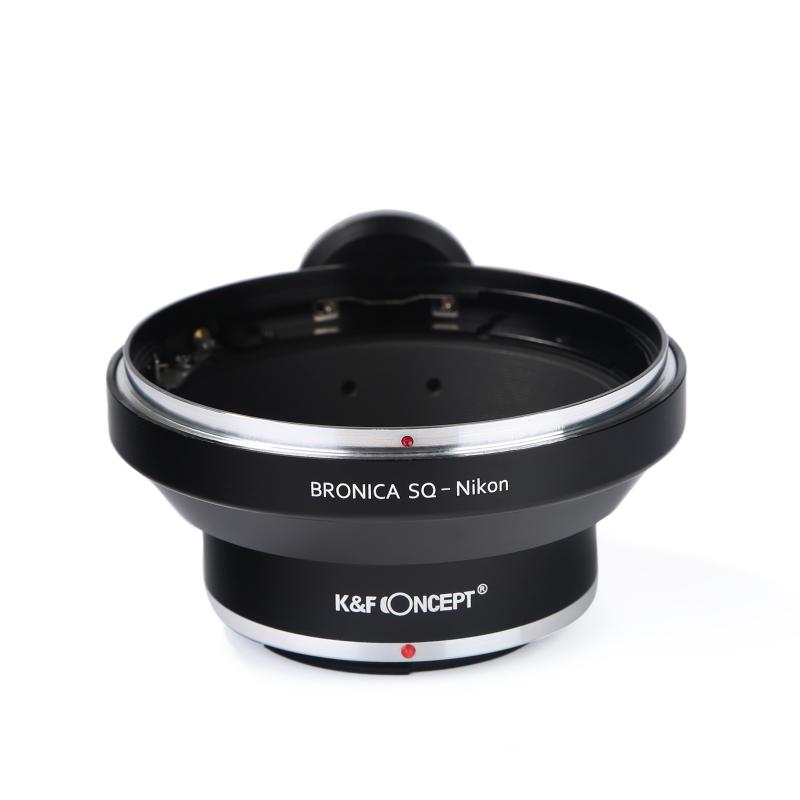
A camera fits onto a tripod through the use of a quick release system. This system typically consists of a mounting plate that attaches to the bottom of the camera and a corresponding quick release mechanism on the tripod head. The mounting plate is securely attached to the camera, and then it can be quickly and easily attached to or removed from the tripod head using the quick release mechanism.
The quick release system allows photographers to swiftly transition between handheld and tripod-mounted shooting, saving time and effort. It also provides a secure connection between the camera and the tripod, ensuring stability and reducing the risk of accidental drops or damage.
From a latest point of view, quick release systems have evolved to offer improved compatibility and versatility. Many modern tripods and camera mounting plates feature Arca-Swiss style quick release systems, which have become a widely adopted standard in the industry. This standardization allows photographers to easily swap equipment between different tripods and accessories, enhancing convenience and flexibility in their workflow.
Additionally, some quick release systems now incorporate safety features such as secondary locking mechanisms to prevent accidental release of the camera from the tripod. This provides added peace of mind when working with valuable camera equipment in dynamic shooting environments.
Overall, the integration of quick release systems has become an essential aspect of tripod design, offering photographers a seamless and reliable way to mount their cameras for stable and precise shooting.


